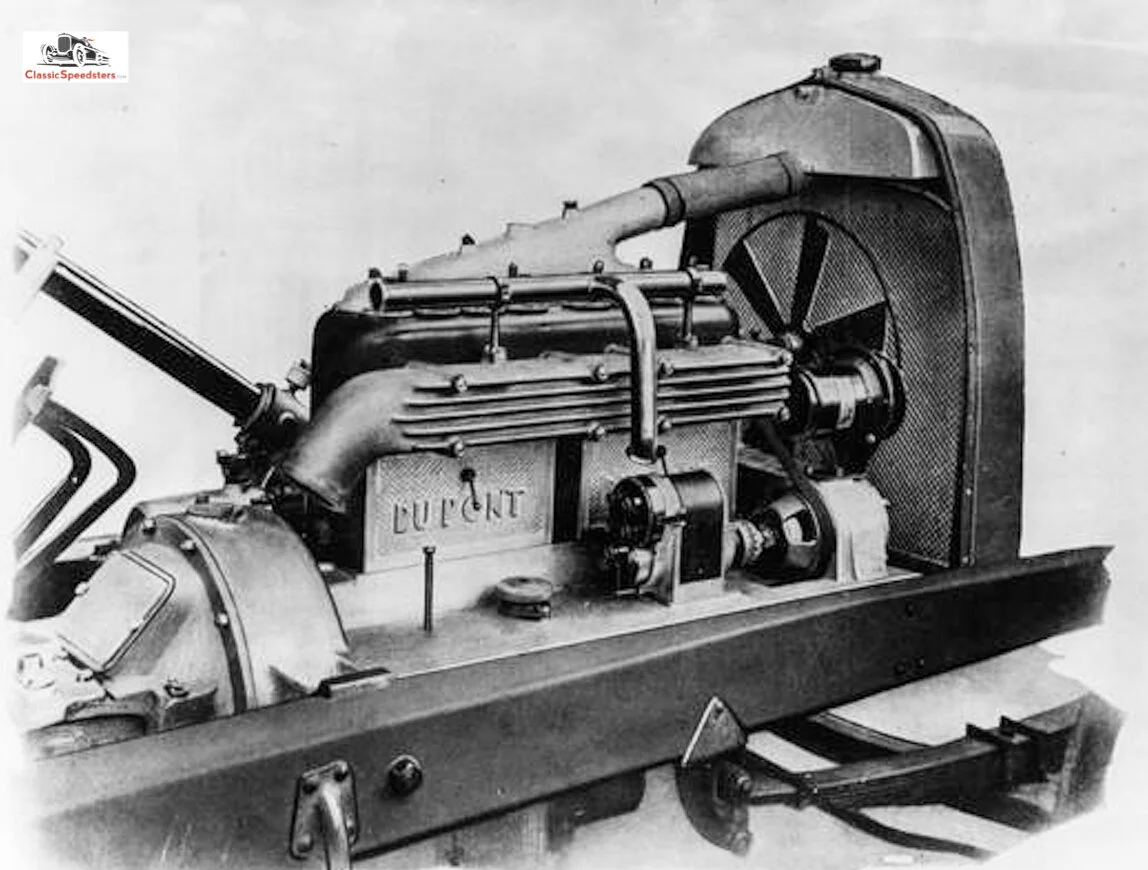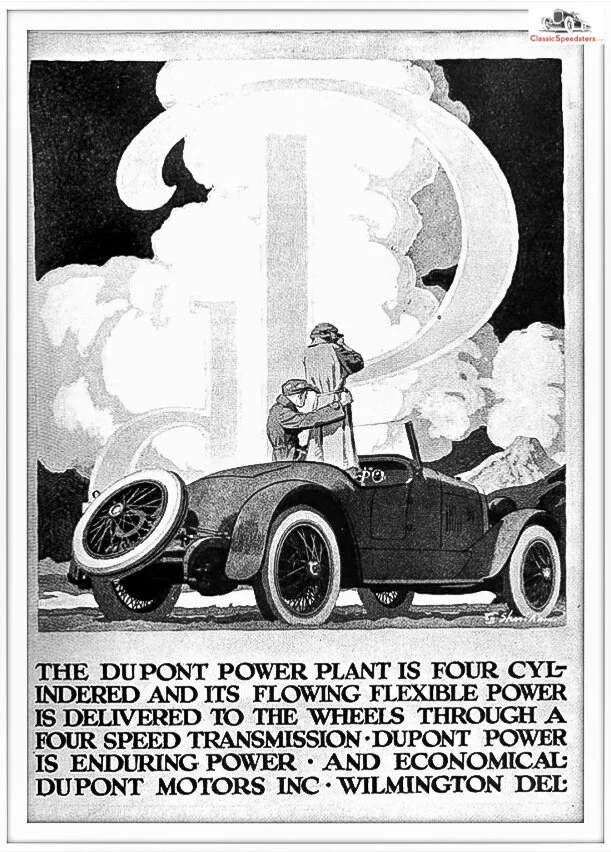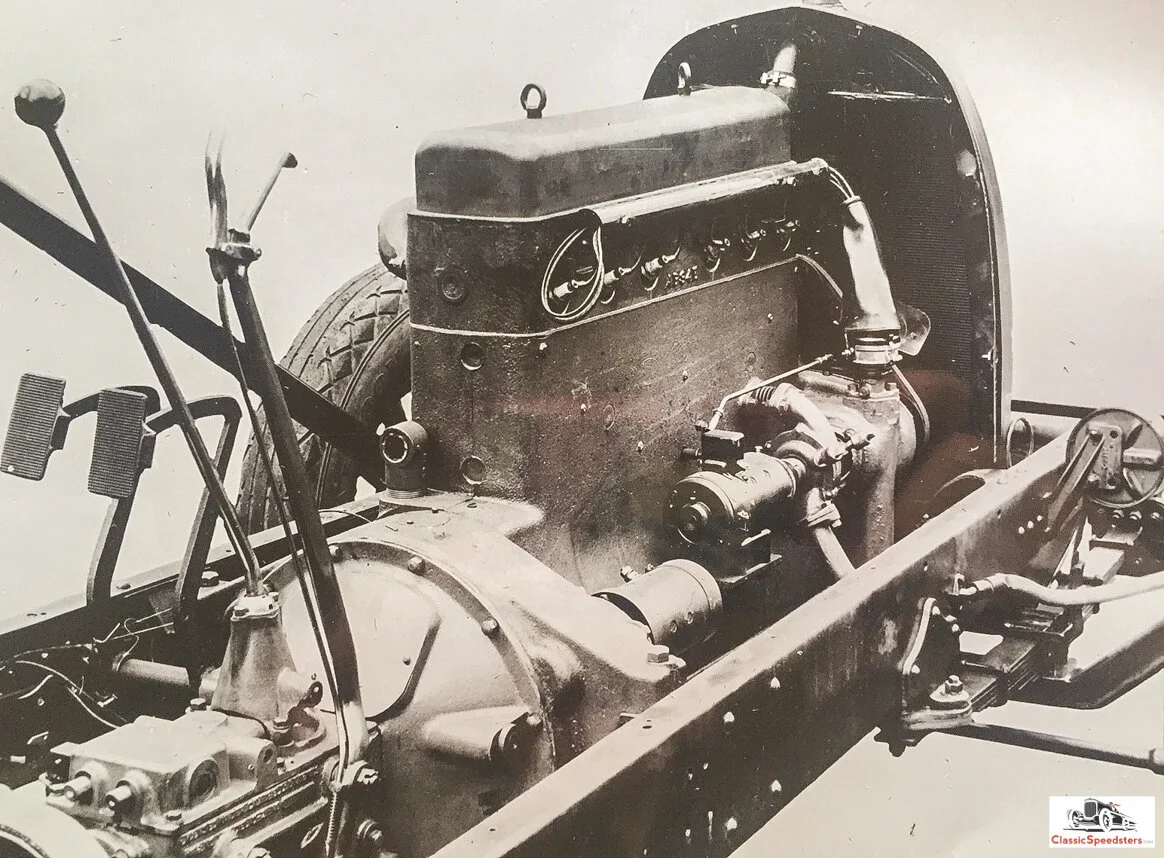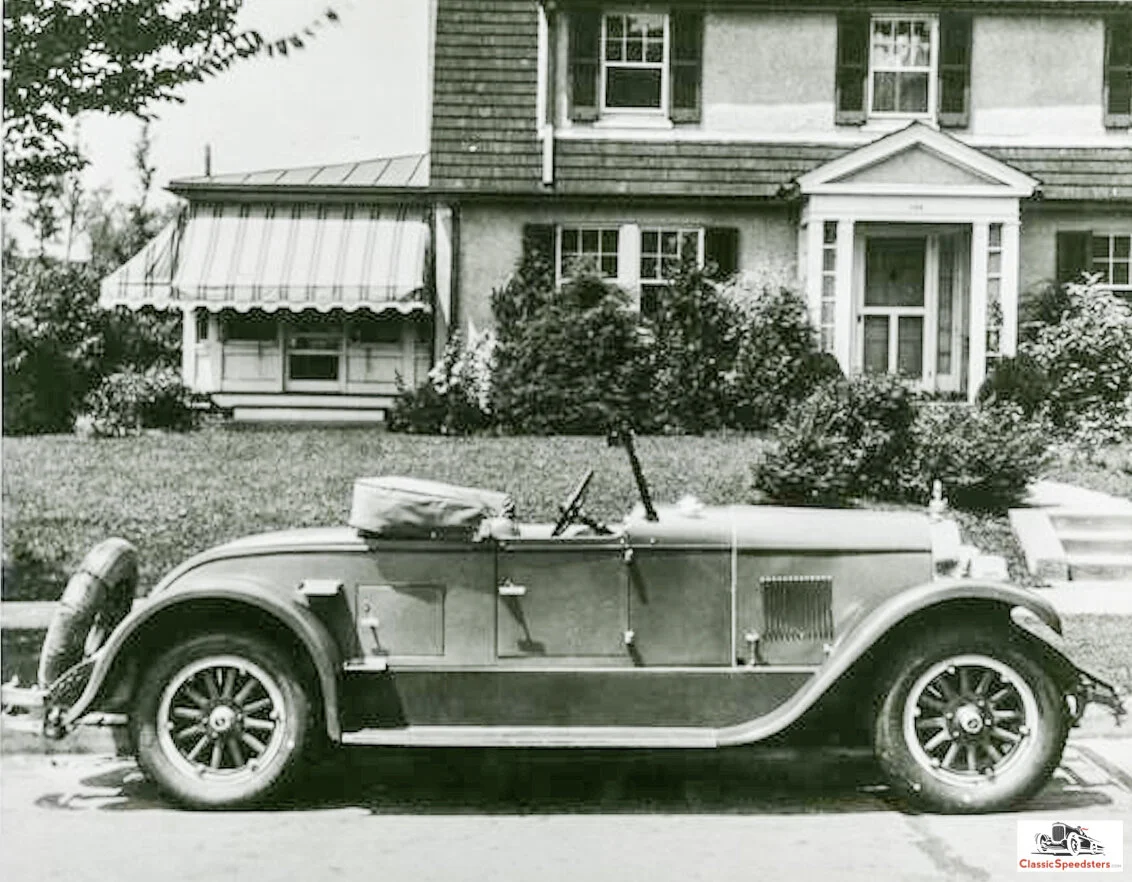Auspicious Beginning
Pierre du Pont: writer, French court influencer, patriarch to the duPonts in America. image courtesy Wikipedia.org
The du Pont family in America traces its Huguenot lineage back to Pierre Samuel du Pont, later to adopt the additional “de Nemours” to clarify which du Pont he was. Pierre du Pont was a writer who supported the Ancien Regime in France, but also the French Revolution itself. Post-revolution was a time of troubles and political unrest, and when an angry mob sacked his home in 1799, he decided that it was time to pack up the family and emigrate to the New World and safer digs. One of his sons, Éleuthere Irenee duPont, founded a gunpowder mill in Wilmington, Delaware in 1802. Thus were planted the roots to one of America’s oldest and successful corporations, E. I. DuPont de Nemours & Company.
Founding DuPont Motors, Inc.
The great-great grandson of Éleuthere Irenee, Éleuthere Paul duPont founded duPont Motors, Inc in 1919. After having risen to the position of Chief Engineer under Alfred I. duPont at Ball Grain Powder Company, E. Paul began his own company, Delaware Marine Engine. E. Paul would rename it to be the DuPont Motor Manufacturing Company in time to manufacture marine engines for the Great War, but the Armistice was signed in 1918, putting the kibosh on that initiative.
The company had to do something, so it repurposed its four cylinder engine and pivoted to making cars. And despite being related to Pierre S. DuPont, President of General Motors, E. Paul would steer clear of that leviathan and its potential influence, and instead navigate duPont Motors under a different star.
The duPont Way
E. Paul duPont’s mantra could have read “Quality, not Quantity”, as that is how he designed and ran his motor corporation. As a first step, E. Paul assembled a team of the best in the business with whom he intended to create a luxury car company. Which he did, and in short order. In 1919, to be exact!
Then the duPont team decided what they would build and what they would outsource, a wise decision for any small independent manufacturer. In that way E. Paul could select from the best parts suppliers to give him what he considered to be the very best for his luxury automobile.
The Model A was designed and showcased at the January 1919 International Auto Salon that was held in the lobby of the Commodore Hotel in New York. The company’s initial slogan: “As aristocratic as its name.”
Hah! Way to make a splash!
1919 duPont Model A Touring. images from the Hagley Digital Collection are courtesy of the Hagley Museum and Library, E.I. du Pont de Nemours & Co. and du Pont family collections
duPont Model A four cylinder engine, originally used as a marine power plant. Image courtesy Hagley Museum and Library
duPont Model A chassis with engine. Note the intake manifold and updraft carburetor. Image courtesy Hagley Museum and Library
E. Paul had started the business producing engines in Wilmington, Delaware and bodies in Merrimac, Massachusetts. In 1922 the outfit was consolidated and relocated to a factory in Moore, Pennsylvania, and then in 1925 it all came back to Wilmington. E. Paul retained his close ties with Merrimac and Massachusetts, which he would bank on in the next decade.
Between 1919 and 1927, DuPont Motors had progressed through seven model iterations, each year producing at least four model choices.
1921 duPont Model B Roadster.
During this period duPont employed its proprietary four cylinder marine engine and two outsourced six cylinder units, a Herschell-Spillman and a Wisconsin, and had produced about 350 cars to show for itself. Although duPonts produced were made to a very high standard, not enough were being produced, even when compared to other luxury car manufacturers.
1922 Herschell-Spillman 6. Herschell-Spillman also made engiens to propel carnival carousels. Image courtesy Horseless Carriage Foundation Library (HCFI.org)
Although this ad is from 1929, the Wisconsin OHV I-6 (straight-six) engine used in the mid-twenties duPont resembled this configuration; see next image.
1927 Wisconsin “Y” OHV I-6 engine. Note that in the duPont chassis shown here, both the intake and exhaust manifolds are on the left side as seen in period photo. Image courtesy Stan Smith collection
Wisconsin “Y” i-6 engine. Displacing 268 cubic inches, the “Y” cranked out 75 horsepower at 3000 rpm with a 3 5/8 bore X 5 inch stroke. The right side shown here featured spark plugs and generator. Note the difference between the 1927 configuration and that shown in the 1929 ad above. Stan Smith collection
The cars that duPont Motor would build targeted the upper class of American and international autoists, and the company’s philosophy was clearly stated in its communications with clients through letters, carefully positioned ads in lifestyle magazines, and in company catalogs.
The soft sell from duPont as seen in their 1925 catalog. Image courtesy Hagley Museum and Library
In a 1927 letter to a client, Sales Manager William A. Smith stated
“Each and every duPont automobile is made, as it were, to the order of the buyer… Possibly no two of our cars are finished alike, and thus DuPont engenders that comfortable feeling of individuality which appeals to the discriminating.”
Smith goes on to write:
“To the driver who likes a new car every year we have nothing to offer; our appeal is to that circle which can understand and appreciate that a good automobile is better after ten thousand miles than when it was new…”
Clearly duPont was aiming for a small and well-heeled crowd that wanted a unique, one-off, built-just-for-them kind of car. True to form, the duPont attracted well-heeled and well-connected folk such as actors Mary Pickford and Douglas Fairbanks, Jr., jokester Joe E. Brown, fighter Jack Dempsey, celebrity humorist and social commentator Will Rogers, and many others who desired something special.
The central problem with duPont Motors was that it could never make enough cars to supply its dealers adequately and thus grow the brand. The chief stumbling block may have been with its founder, E. Paul duPont, who insisted on personally inspecting each and every completed duPont automobile, meeting each and every owner and giving that person a personal introduction to his or her car. E. Paul was known to obsessively attend to details, and this takes up time on the production line. Thus, duPont Motors were chronically behind orders by at least a year. In fact, over 12 years of production, only between 533 and 547 units were produced and sold. And it wasn’t from a lack of buyers!
The Sport Roadster
E. Paul was an auto enthusiast at heart, and this would show up in a few different ways. One example was his attention to style, as seen in the 1921 Model B roadster, a precursor to the speedster models that would show up in 1928. The Model B used duPont’s repurposed four cylinder marine engine and rode on a 124 inch wheelbase.
1921 duPont Model B Roadster. Imgs courtesy Hagley Museum and Library
1921 duPont Model B Roadster. Note the similarity to the magazine ad’s image seen above. Hagley Museum and Library
The sporting roadster concept would be continued through the several series that duPont produced up to 1928.
1926 duPont Model D Roadster. Hagley Museum and Library
However, at some point E. Paul decided to step up to the next level, which would be to make a speedster!
Thanks to the libraries that have made available their collections for this article. The next part of this story will explore the Model G series and the speedsters that issued from that. And, a little bit more duPont history beyond duPont Motors, too! So, don’t miss it!
Be sure to share this post with others by clicking on a social media button at left.
And if you haven’t yet subscribed, use the red box at right to sign up. We use a two-part opt-in to sign up that protects your security.














